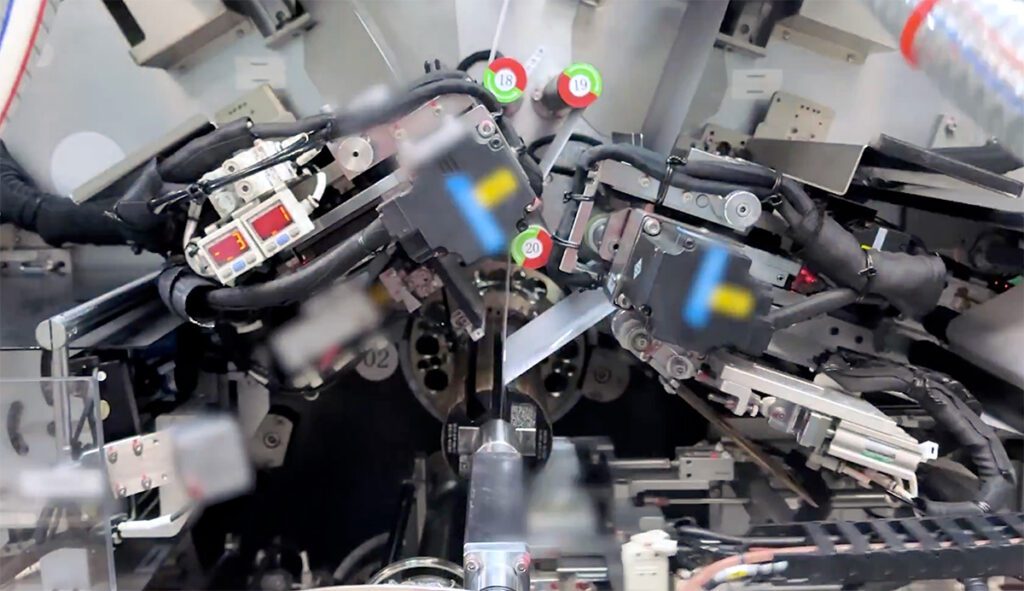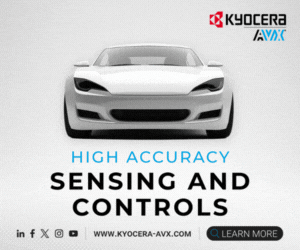Researchers at Germany’s prestigious Karlsruhe Institute of Technology (KIT) have created a new coating process that produces electrodes for lithium-ion batteries at record speed. The researchers say the new process also improves the quality of electrodes and reduces production costs.
When manufacturing battery electrodes, a thin paste of electrode material is applied to a copper or aluminum foil in a rectangular pattern. Short sections of foil are left uncoated, which are needed for electron discharge. To produce these uncoated sections, battery makers must interrupt and restart the coating process repeatedly. At maximum production speeds, it can be difficult to produce sharp edges without smearing the material.
“Precision of electrode coating is an essential factor for efficiency and costs of battery cell production,” says research head Professor Wilhelm Schabel. “Even the smallest production errors make battery cells unusable. Due to the high reject rate and the low throughput, lithium-ion batteries today are more expensive than actually necessary.”
According to Schabel, optimizing this coating process could deliver major cost reductions in cell production. Team member Ralf Diehm optimized the nozzle for the electrode material by equipping it with an oscillating membrane that cyclically stops and restarts the application of the coating paste.
“This membrane is much lighter than mechanical valves, as a result of which quick reaction times and high speeds can be reached,” Diehm says. “So far, manufacturing speeds have been limited to about 30 to 40 meters per minute. With the new technology, we reach up to 150 meters per minute in electrode coating.”
The new nozzle not only increases production speed, but also quality, thanks to the more precise control the membrane allows. For a typical production line, researchers say the new nozzle could produce electrodes for three times as many battery cells.
The technology will now be developed to industrial maturity by a spinoff company established by Ralf Diehm and his team.




















































































